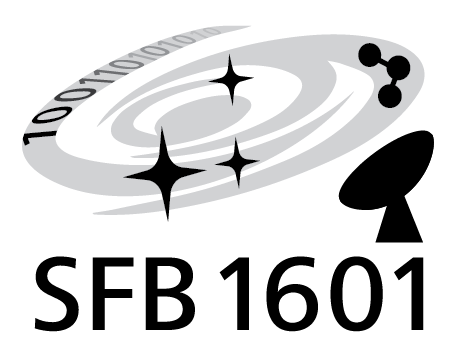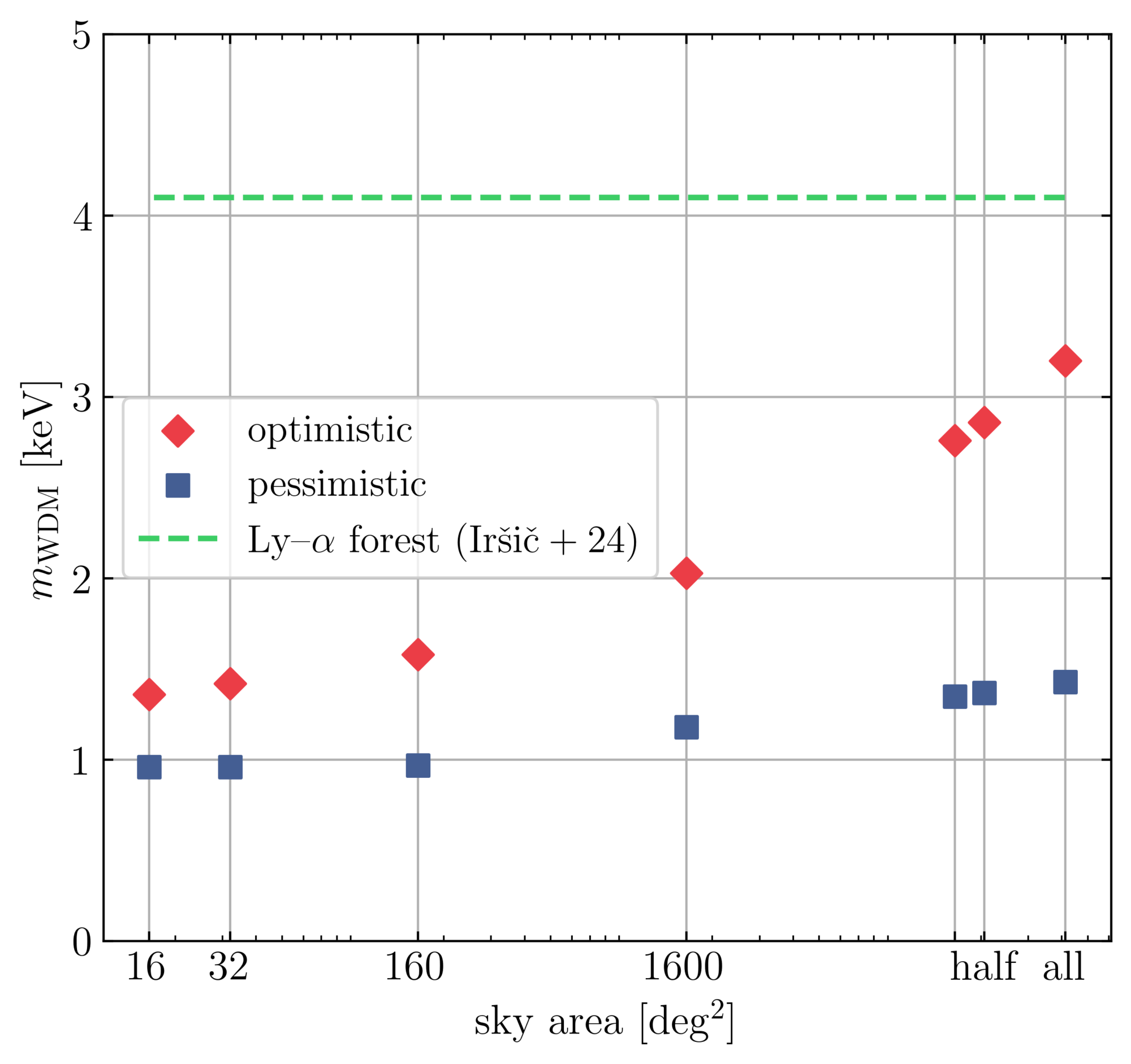Line Intensity Mapping (LIM) is an emerging technique in radio-astronomy that scans vast fractions of the sky with a large beam and detects the integrated emission of all sources along the line of sight without resolving individual objects. This approach enables probing the high-redshift Universe including the contribution from intrinsically faint sources that traditional surveys miss due to their flux-limit thresholds. These peculiarities make LIM an ideal tool to probe the nature of dark matter (DM).
Most particle-physics candidates for DM fall into the class of thermal relics (i.e. particles that were once in thermal equilibrium with the rest of the Universe). In this case, the velocity dispersion of the particles at early times turns out to be inversely proportional to their mass. This implies that less massive particles can freely stream out of shallow potential wells and, de facto, inhibit the formation of low-mass structures. Therefore, cold DM (CDM, with negligible velocity dispersion) and warm DM (WDM, with a free-streaming length of the order of 0.1 Mpc) give rise to a different mass spectrum of DM halos within which galaxy formation takes place.
Using the halo-model approach, we make forecasts for the constraints that LIM of the 150 μm fine-structure transition of [Cii] can set on the mass of the DM particles. Ionised carbon is a promising tracer that should be present also in low-mass halos, contrary to neutral hydrogen that cannot be shielded from the UV background after cosmic reionisation. We compress the data into the isotropic power spectrum and use Bayesian inference marginalising over the uncertain faint-end slope of the [Cii] luminosity function (LF).
Our results are shown in the figure as a function of the survey area and for two different measurements of the bright-end of the [Cii] LF (optimistic/pessimistic). Assuming a CDM scenario, we find that LIM can rule out WDM particle masses up to 2–3 keV, which makes this technique competitive with other probes, such as the Ly-α forest. Our study demonstrates that, taking into account the current limits on the LF, the [Cii] power spectrum is dominated by sources hosted in relatively massive halos and this diminishes its constraining power on the WDM mass.
Paper: Marcuzzo et al. (2024)

